Energy transition at a time of choices : but which ones?
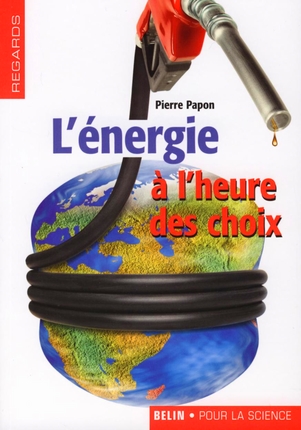
The Glasgow Climate Conference, the publication of numerous reports on energy scenarios, including the World Energy Outlook 2021 of the International Energy Agency (IEA) and, in France, the 2050 scenarios of RTE, as well as the government’s plan for the « France of 2030 », have put the energy question on the agenda and thus the choice of a strategy. It is useful to take stock a few weeks before a presidential election in France.
In its World Energy Outlook 2021, the IEA has proposed scenarios that are a roadmap for global energy by 2050. The most proactive scenario, Net Zero Emission by 2050 (NZE), « forecasts » that the planet would cancel its net CO2 emissions from energy sources (75% of emissions) in 2050, thus limiting global warming to 1.5°C. Energy consumption would drop by 17%, oil and natural gas by 70%, coal consumption would be marginal, and electricity consumption would double.
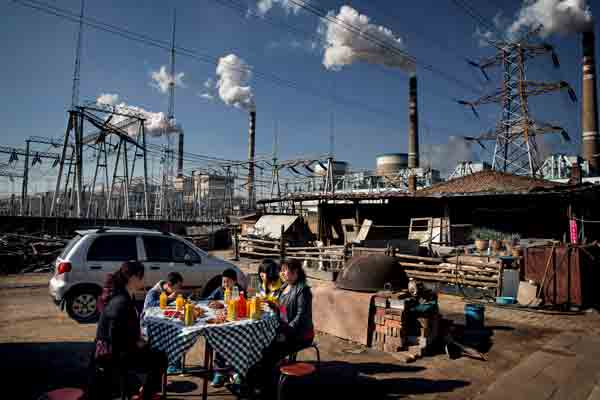
The later would be produced by 88% of renewable energy sources (solar, wind and hydraulic) and nuclear power (7-8%), with the development of hydrogen production by water electrolysis. It would require massive investments of nearly $5,000 billion per year from 2030 (4.5% of global GDP instead of 2.5% over the period 2016-2020). A second scenario, the « Announced Pledges Scenario » (APS), takes into account new commitments taken by some fifty countries (including the EU, China and the United States) to reduce their CO2 emissions and ensure their carbon neutrality by 2050-2060, but it would result in a global warming of 2.1°C in 2100. According to the IEA, these commitments must be strongly amplified because there still exists a significant « gap » in ambition between the APS and NZE scenarios, as the reductions in CO2 emissions « planned » by the former one would not allow carbon neutrality to be achieved by 2050. This was the issue at stake at Cop 26, whose final declaration calls on States to « revisit and strengthen » their greenhouse gas emission reduction targets as early as the end of 2022, before the next COP, and « to accelerate efforts to phase down the use of coal without CO2 capture and inefficient fossil fuel subsidies ».

A group of about 100 countries, including France, has committed to reducing methane emissions by at least 30% by 2030 compared to 2020. France has announced, along with a dozen non-oil and gas producing countries, the elimination of its foreign financing of fossil fuel operations that do not include CO2 capture and storage. What impact will Cop 26 have? UN Secretary General António Guterres said that it « took an important but insufficient step ».
In France, the energy transition came back to the forefront, in 2021, with the promulgation of the energy and climate law « to combat climate change », followed by the announcement in October of an investment plan for « France 2030 », which includes measures for energy technologies. The publication by RTE (Réseau de Transport d’Electricité), a subsidiary of EDF, of its report (www.rte-france.com), with its energy scenarios for 2050, Futurs énergétiques 2050, has helped to clarify the debate. RTE defines the French strategy for achieving carbon neutrality in 2050 as « low-carbon and sovereign energy, based on energy efficiency, low-carbon electricity and the development of biomass uses”. Based on a final energy consumption in France estimated at 930 TWh in 2050 (1600 TWh today, a decrease of 40%) by the National Low Carbon Strategy (SNBC) – met 55% by electricity (25% in 2019), 24% by biomass, decarbonized gas and a few percent of fossil fuels – RTE retains a reference scenario for the total consumption of electricity of 645 TWh in 2050 (an increase of 35% from 2019). It makes several assumptions: a strong increase in energy efficiency (a 2.5%/year renovation of the building stock), the growth in the number of electric vehicles (36 million in 2050 and 21% of trucks electrified), the electrification of industry allowing the use of hydrogen (50 TWh for its production by electrolysis).

RTE proposes six scenarios for electricity production with two main options: – a 370 GW electricity mix with 100% renewables sources (52% wind, 26% solar photovoltaic and 8% hydro) and the gradual closure of the second-generation of nuclear reactors fleet to phase out nuclear power in 2050 – another of 210 GW with 50% nuclear (old « extended » reactors and « new nuclear ») and 50% renewables (25% wind, 13% solar and 10% hydro). It considers four variants: – delaying nuclear phase-out to 2060 (excluding the Flamanville EPR) with significant development of renewable energies, either diffused over the whole territory or with large-scale farms – two others limiting nuclear capacity (36 or 26%) with a slower commissioning of « new nuclear ». For the latter, RTE is considering EPRs and small modular reactors.
The cost of new nuclear power is a key parameter for its competitiveness, but the investment of new EPR units could be reduced to 9 billion € per reactor (instead of 13 billion for the Flamanville reactor which is not yet operational), by building them in pairs, six reactors would be built over the period 2035-2045.
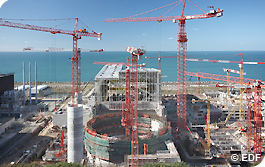
The production costs in 2050 would be lower for the most mature renewable energies (between 25 and 55 €/MWh) than for new nuclear power (between 60 and 85 €/MWh), but the continued operation of the current generation of reactors would be economically competitive. The investments for the scenarios (generation and electricity networks only) would amount to 20 to 25 billion €/year on average (13 billion €/year over the recent period). But the full annualized costs must include system flexibility, and would thus represent 60 to 80 billion €. This flexibility must ensure the security of supply by compensating for possible failures, due in particular to the intermittency of renewable energy sources, by means of power capacities that should be permanently available and could be mobilized very quickly, as well as storage with batteries and hydrogen.
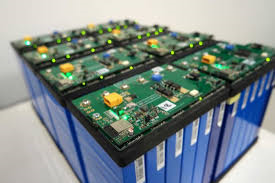
Given this need, scenarios with a new nuclear power plant would be less expensive than those with 100% renewable energies, which require very large power reserves (65 to 70 GW), as the fleet which can be monitored will be reduced. RTE concludes that « a scenario that maintains a significant nuclear production capacity combined with a significant development of renewable energies is likely to limit the risk of not reaching the climate objectives ». However, although the cost of electricity would increase moderately, RTE stresses that the energy transition will lead to new needs and supply channels for mineral resources, particularly for renewable energy sources (critical metals such as lithium, cobalt, nickel and rare earths), which France will import.
RTE stresses that « there is an urgent need to mobilize » and therefore to make long-term choices for the energy transition, in particular for electricity production. In the choice of the energy strategy, several parameters are involved: – the balance between the sectors that allows carbon neutrality to be achieved in 2050 while guaranteeing security of supply (« the possible » and « the desirable ») – the cost of investments and electricity the acceptability of the options by public opinion (« the acceptable »). RTE’s analyses plead in favor of a balance between nuclear power (50% – 36%) and renewable energies, which limits the risks of intermittency. However, several uncertainties remain. For example, EDF has no experience of the performance of EPR reactors, except for the one built in Taishan, China, which is connected to the grid (a technical incident in the fuel cladding caused a radioactive leak), and the construction costs of future reactors remain uncertain.
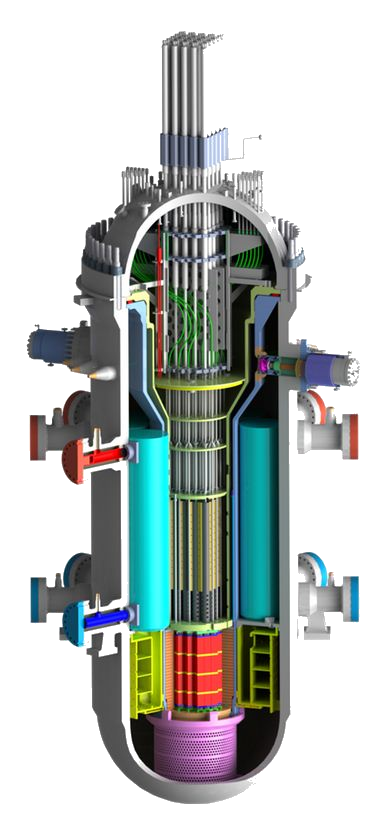
As for the future modular reactors of medium power (150-200 MW), although they were built in France by Naval Group for naval propulsion, research on these reactors is indispensable, and is supported by the economic stimulus plan (cf. P. Papon, « Le nucléaire à la recherche de nouvelles filières », Futuribles Vigie, May 2021,www.futuribles.com). Through serial effects, their construction costs should decrease. It is also necessary to increase the performance of electricity storage systems, and in particular batteries (their energy density is a maximum of 200 Wh/kg for lithium-ion batteries). Finally, if hydrogen produced by electrolysis of water is considered to be the energy vector of the future, carried by a media wind, it must be emphasized, as RTE does, that « the uncertainty about its development appears to be extremely high » (its economic profitability is not assured, its use requires platinum, and it poses safety problems, cf. V. Lamblin, « Hydrogen: a road that is still long », Futuribles, No. 444, September-October 2021, p.58).
In its report, IEA asks the question: can the energy transition be a « clean break », without tensions? The answer is not obvious, because it requires a transformation of industry (the automotive industry, the steel industry, the chemical industry, cement production, metal and plastic recycling) and of professions. Decarbonizing energy requires innovations that are not yet available, but can we assume, as the IEA does, that the time between invention and large-scale implementation will decrease?

This is far from certain, and the scale of the research, innovation and training effort required to implement the energy transition is generally underestimated. A debate on the choice of sectors is not enough, and a second debate on the socio-economic dimension of the energy transition is inevitable: – how to finance infrastructure and thermal renovation of buildings? – By what mechanisms can we reduce « energy poverty »? – how to use the carbon tax? At the European level, we still need to define research programs on the sectors of the future and an acceptable » carbon adjustment at borders » mechanism to avoid « carbon leakage » (part of industrial production being relocated to third countries). Time has come now for energy transition major choices and in an important speech delivered in Belfort, on February 10, President Emmanuel Macron announced a new nuclear program, calling for the construction of six EPR reactors initially, and of eight more in a second phase. He also called for an increase in renewable energies, particularly of the offshore wind power.

This is a major step, but the importance of those choices and of the questions remaining pending shows that the transition will not be a long and quiet river.